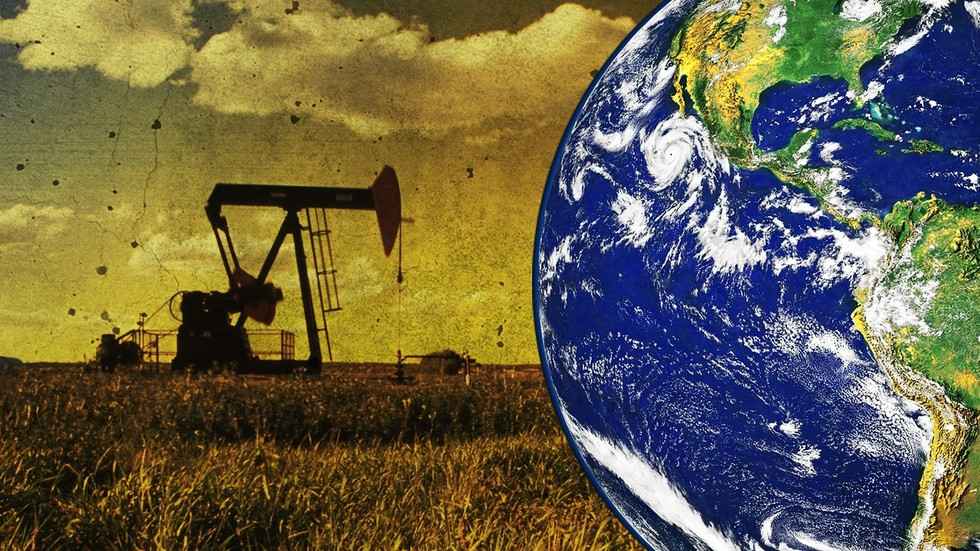An integrated geophysics and logistics R&D project are called METIS, Multiphysics Exploration Technology Integrated System.
METIS aims to improve the quality and speed of data acquisition through real-time quality control and processing, while at the same time slashing both the cost and HSE risks of operations.
“Tomorrow’s most promising onshore oil and gas exploration acreages are located in foothills, yet these areas have been underexplored as traditional exploration methods are not suitable to deal with these complex environments
Imagine a swarm of drones hovering over a remote tropical forest dropping what looks like large darts. The darts are actually seismic receivers delivered from the air. They are part of a project to rethink how surveys are done in remote spots where the jagged landscape limits movement on the ground.
The goal is to find ways to sharply reduce both the cost and the environmental impact of gathering the volumes of data needed to illuminate oil and gas deposits in complex, hard-to-image formations.
Rather than hacking paths through dense forests to set out lines of seismic receivers, they are building and testing a system using drones to drop thousands of receivers that will biodegrade after the survey.
A radio communication system developed by Wireless Seismic, called the Downfall Air Receiver Technology (DART) links the dropped DARTs to a control and processing center that monitors the quality of incoming data and makes changes if there are problems.
FRONTIER TECHNOLOGY
The current version of the system will be tested later this year when a single drone will be used to drop 100 of the DARTs over a 0.2-km2 area. That will show if a new carrousel on the underside of the drone, which carries four DARTS, can drop them one at a time at locations along its route.
They will also see how reliably the DARTS can record and transmit data. This will require landing them in a nearly vertical position for reliable data gathering and then transmitting the information to a central processing center.
Total is building toward an “industrial-scale” pilot project, which it hopes will be ready in 2021, to deploy 40,000 to 50,000 DARTs over a 100-km2 area.
|
AIRBORNE DELIVERY
Automated drone flights carpeting the forest floor are just one of the aerial departures from conventional ground-based, data-acquisition methods.
To move in heavy loads without a road or runway, Flying Whales, to develop a new airship, called the HA2t. It is designed to be packed inside a standard shipping container for rapid delivery around the world.
|
Before any heavy equipment arrives, data from satellite imaging and aircraft surveys using a variety of methods—hyperspectral, radar, and LiDAR (Light Detection and Ranging)—are used to create detailed maps of the surface and near-surface. Those will be used to choose the best locations for seismic sound sources and receivers, and plan how best to manage the operation.
Before any heavy equipment arrives, data from satellite imaging and aircraft surveys using a variety of methods—hyperspectral, radar, and LiDAR (Light Detection and Ranging)—are used to create detailed maps of the surface and near-surface. Those will be used to choose the best locations for seismic sound sources and receivers, and plan how best to manage the operation.
|
Technically speaking, good imaging of complex rock requires high trace density. That is a measure of the quality of the subsurface illumination, which is a function of the number of seismic sources and receivers. More receivers can compensate for fewer sound sources, and vice versa.
And they must be evenly distributed to ensure the entire area is covered. Adding receivers is likely to be the best option for increasing the trace density.
“By adopting a carpet receiver approach, where receiver stations are located on average 50 m in all directions, METIS reduces the dense source requirement” by using more receivers.
Technically speaking, good imaging of complex rock requires high trace density. That is a measure of the quality of the subsurface illumination, which is a function of the number of seismic sources and receivers. More receivers can compensate for fewer sound sources, and vice versa.
Credits: Oil and gas portal




